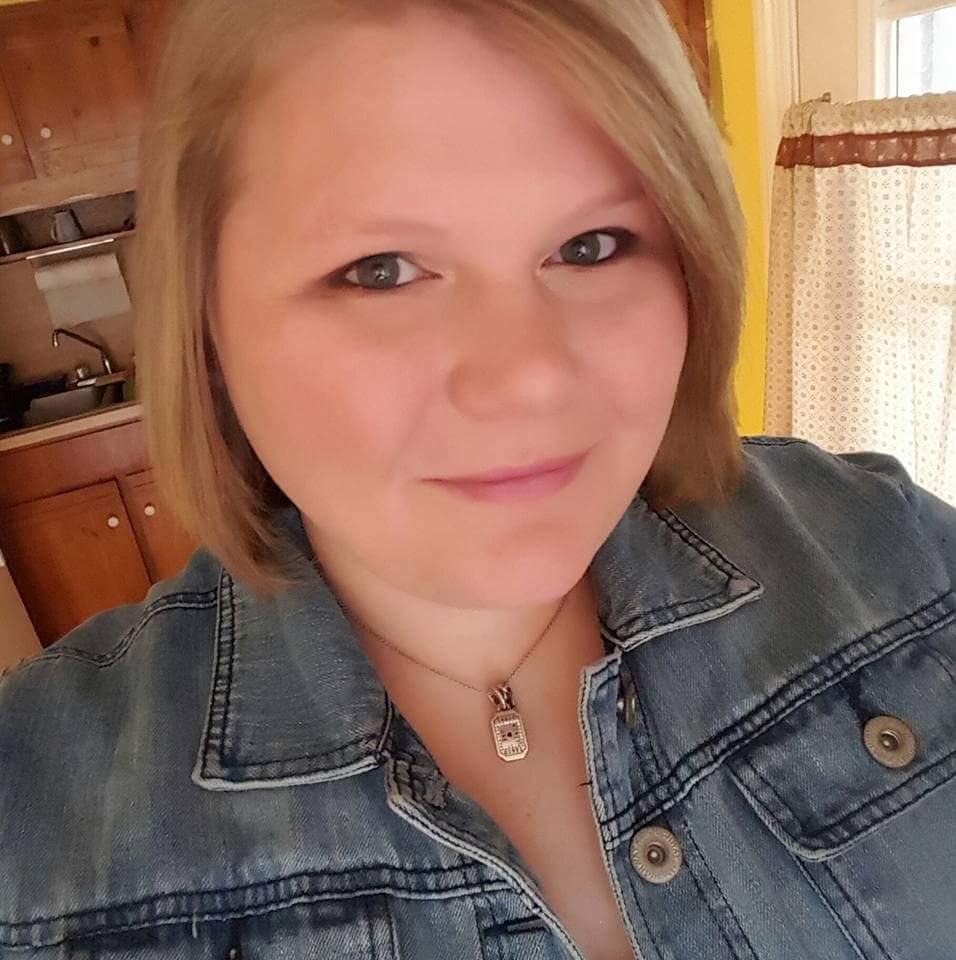Kelley McGill Asbestos Scholarship Essay

Over the past year, my family has been challenged in so many ways due to a cancer diagnosis that was caused by asbestos. In November of last year, my grandfather was diagnosed with Stage 3 Small Cell Lung Cancer. This came as a complete surprised to our family due to the fact that my grandfather has always been very conscious about his health, makes healthy food choices, is compliant with all medications and very active in exercise. The weeks following diagnosis we learned that his cancer metastasized to his spine, C-2 and T-2, as well as his liver. His Oncologist broke the news that his cancer was terminal and that treatment would not cure the disease. As our family conducted research into what could have caused the cancer to form in his body, asbestos became a probable cause.
In his younger years my grandfather worked as an electrical engineer. Throughout his career, he worked at several industrial sites and power plants. Through extensive research, the discovery was made that many of the companies he was working for had asbestos cases open against them. These cases were for positive asbestos findings and even dated back to when my grandfather was an employee. The physicians confirmed that due to his work in these affected power plants and factories that asbestos was the main cause of his cancer. With his diagnosis in hand, I decided to educate myself more about asbestos so that I can be better informed about my grandfather’s cancer and able to provide clarity to questions from my friends and family.
Throughout this process I have learned a great deal about asbestos. There are two types of asbestos: Chrysotile and Amphibole. Chrysotile, or white asbestos, is commonly found in the industrial settings, which is likely the culprit for my grandfather’s cancer. Amphibole is mainly known for its straight need-like fibers with several different types: amosite (brown asbestos), crocidolite (blue asbestos), tremolite, actinolite, and anthophyllite. (cancer.org, 2015) Both forms of asbestos are commonly found in nature and in many products such as building material, roofing shingle, siding shingles, heat-resistant fabrics, etc. Asbestos exposure typically leads to one of three diagnoses; lung cancer, which can appear as early as 15 years past initial exposure, mesothelioma, which can appear as early as 30 years past initial exposure, or asbestosis, which is is a lung disease that can develop into lung cancer if not treated. (cancer.org, 2015). I was surprised to see that many symptoms or diagnoses did not appear until several years after the initial exposure.
According to mesotheliomahelp.org nearly 3,000 people are diagnosed with mesothelioma each year in the United states (Hill & Pacho, n.d.). That is a large amount of people each year that are still affected by asbestos. This number is alarming, especially due to the EPA (Environmental Protection Agency) having different acts in place in an attempt to reduce exposure. For example; in 1989 the EPA created a rule banning most products that contained asbestos; however, in 1990 the ruling was overturned and the ban list was shortened (epa.gov, 2016). With so many individuals and families still affected by asbestos related health problems, it is important to keep encouraging families and individuals.
Through out my grandfather’s cancer journey, I have been his daytime caregiver. I assist with medication, helping him to the wheelchair, helping him eat, and being his guardian throughout the day to ensure that he has everything that he needs. I decided that I can provide a greater good for patients like my grandfather and families if I furthered my education and became a nurse. There is so much advice that I could give to family members taking this journey. For example, I could tell them that it is okay to be angry, scared, and upset about your family members’ diagnosis, but do not dwell on it. Celebrate the small victories. If today your loved one finished off a milkshake after not having an appetite for a while, be happy! If they decided they wanted to sit on the porch and enjoy some fresh air, celebrate it. Do not take your good days for granted. I celebrate every good day that I have with my grandfather, the days that he is fussing at me for not getting enough sleep, or the days that he is spirited enough to give my stepdad, uncle, or mom a hard time. Cherish every smile, every laugh, every hug, every kiss, and every soft spoken “I love you too.” Do not take it for granted, then go and raise awareness about asbestos and let your love ones story be heard. It is only through awareness that more regulations can be placed on asbestos products in a chance that they will one day all be banned. More regulations can assure that we can further reduce the chance of another family facing their loved one going through cancer treatments or difficult diagnosis due to asbestos.
References:
- Asbestos and Cancer Risk. (2015, September 15). Retrieved March 14, 2018, from https://www.cancer.org/cancer/cancer-causes/asbestos.html
- Asbestos Laws and Regulations. (2016, September 01). Retrieved March 16, 2018, from https://www.epa.gov/asbestos/asbestos-laws-and-regulations
- Learn About Asbestos. (2017, November 06). Retrieved March 16, 2018, from https://www.epa.gov/asbestos/learn-about-asbestos
Free Mesothelioma Patient & Treatment Guide
We’d like to offer you our in-depth guide, “A Patient’s Guide to Mesothelioma,” absolutely free of charge.
It contains a wealth of information and resources to help you better understand the condition, choose (and afford) appropriate treatment, and exercise your legal right to compensation.
Download Now